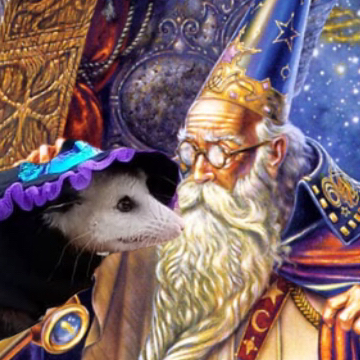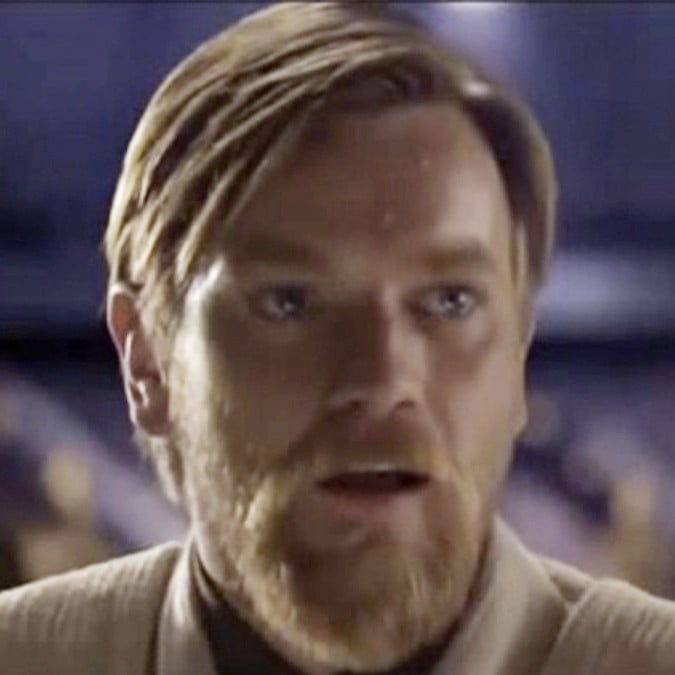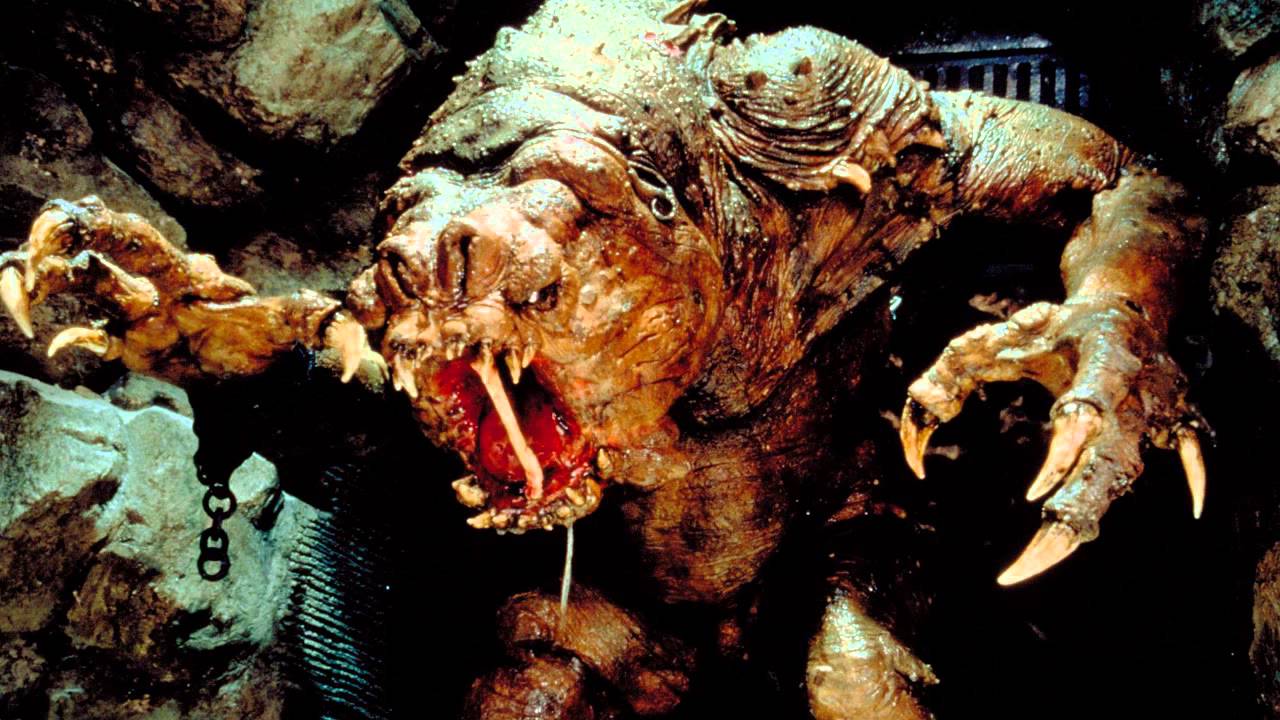- 5 Posts
- 5 Comments
On the last test flight a few weeks ago both the booster and ship did powered soft landings in the ocean (even with the ship’s flap melting a bit)

 3·16 days ago
3·16 days agoI’m guessing it’s called that because it’s kinda headphone shaped. It was discovered in the 30’s so I’m assuming only the brightest parts of the nebula were visible to the astronomers.
This image is a combination of false color narrowband images for the nebula itself, plus true color RGB stars (the nebula is mostly red and a little blue in true color). If you zoom in to the center you can see the very blue white dwarf that caused the planetary nebula to form. Also for those curious this is what a single 10 minute long Ha exposure looks like (image total is 83.5 hours exposure). Captured over 33 nights from Jan-May 2024 from a bortle 9 zone.
Places where I host my other images:
-
TPO 6" F/4 Imaging Newtonian
-
Orion Sirius EQ-G
-
ZWO ASI1600MM-Pro
-
Skywatcher Quattro Coma Corrector
-
ZWO EFW 8x1.25"/31mm
-
Astronomik LRGB+CLS Filters- 31mm
-
Astrodon 31mm Ha 5nm, Oiii 3nm, Sii 5nm
-
Agena 50mm Deluxe Straight-Through Guide Scope
-
ZWO ASI-290mc for guiding
-
Moonlite Autofocuser
Acquisition: 83 hours 30 minutes (Camera at -15°C), NB exposures at unity gain and BB at half unity
-
Ha - 238x600"
-
Oiii - 247x600"
-
R - 54x60"
-
G - 53x60"
-
B - 54x60"
-
Darks- 30
-
Flats- 30 per filter
Capture Software:
- Captured using N.I.N.A. and PHD2 for guiding and dithering.
PixInsight Preprocessing:
-
BatchPreProcessing
-
StarAlignment
-
Blink
-
ImageIntegration per channel
-
DrizzleIntegration (2x, Var β=1.5)
-
Dynamic Crop
-
DynamicBackgroundExtraction 3x
duplicated each image and removed stars via StarXterminator. Ran DBE with a shitload of points to generate background model. model subtracted from original pic using the following PixelMath (math courtesy of /u/jimmythechicken1)
$T * med(model) / model
Narrowband Linear:
-
Blur and NoiseXTerminator
-
StarXterminator to completely remove stars (to be later replaced by the RGB ones)
-
ArcsinhStretch to slightly stretch nonlinear
-
iHDR 2.0 script (low preset) to stretch each channel the rest of the way.
here’s the link to the repo if you want to add it to your own PI install.
RGB Linear:
-
ChannelCombination to combine monochrome R G and B frame into color image
-
SpectroPhotometricColorCalibration
-
BlurXTerminator for star sharpening (correct only)
-
HSV Repair
-
StarXterminator to generate a stars-only image
-
ArcsinhStretch + HT to stretch nonlinear (to be combined with starless narrowband image later)
-
Invert > SCNR > invert to remove magentas
-
Curves to saturate the stars a bit more
Nonlinear:
- PixelMath to combine stretched Ha and Oiii images into color image (/u/dreamsplease’s palette)
R = iif(Ha > .15, Ha, (Ha*.8)+(Oiii*.2))
G = iif(Ha > 0.5, 1-(1-Oiii)*(1-(Ha-0.5)), Oiii *(Ha+0.5))
B = iif(Oiii > .1, Oiii, (Ha*.3)+(Oiii*.2))
-
NoiseX again
-
Background Neutralization
-
Shitloads of Curve Transformations to adjust lightness, hues, contrast, saturation, etc
-
even more curves
-
Pixelmath to add in the stretched RGB stars only image from earlier
This basically re-linearizes the two images, adds them together, and then stretches them back to before. More info on it here)
mtf(.005,
mtf(.995,Stars)+
mtf(.995,Starless))
-
Couple final curves
-
Resample to 65%
-
DynamicCrop
-
Annotation
-
Sh2-64 is the red nebula to the right of the image. It frames up pretty well with the more golden stars seen in the milky way core. I probably should’ve gotten more exposure time to help bring out some of the dark nebula details, but it was only clear for one night at the dark site (at least the night went perfectly, which is rare for trips out to the middle of nowhere). Captured on June 7th, 2024 from a Bortle 3 zone (Deerlick Astronomy Village)
Places where I host my other images:
-
TPO 6" F/4 Imaging Newtonian
-
Orion Sirius EQ-G
-
ZWO ASI1600MM-Pro
-
Skywatcher Quattro Coma Corrector
-
ZWO EFW 8x1.25"/31mm
-
Astronomik LRGB+CLS Filters- 31mm
-
Astrodon 31mm Ha 5nm, Oiii 3nm, Sii 5nm
-
Agena 50mm Deluxe Straight-Through Guide Scope
-
ZWO ASI-290mc for guiding
-
Moonlite Autofocuser
Acquisition: 5 hours 44 minutes (Camera at half unity gain -15°C)
-
L - 76x120"
-
R - 32x120"
-
G - 32x120"
-
B - 32x120"
-
Darks- 30
-
Flats- 30 per filter
Capture Software:
- Captured using N.I.N.A. and PHD2 for guiding and dithering.
PixInsight Preprocessing:
-
BatchPreProcessing
-
StarAlignment
-
ImageIntegration per channel per panel
-
DrizzleIntegration (2x, Var β=1.5)
-
Dynamic Crop
-
DynamicBackgroundExtraction
Luminance Linear:
-
BlurXterminator (Correct only)
-
NoiseXterminator
-
HistogramTransformation + sketchpad’s iHDR script (low preset) to stretch to nonlinear
RGB Linear:
-
ChannelCombination to combine monochrom R G and B stacks into color image
-
SpectrophotometricColorCalibration
-
BlurXterminator (correct only)
-
HSV repair
-
ArcsinhStretch + iHDR script (low preset) to stretch to nonlinear
Nonlinear Processing:
-
LRGBCombination using stretched L as luminance
-
DeepSNR
-
Various curve adjustments for lightness, contrast, hue, saturation, etc (with varying lum/star masks)
-
Slight SCNR green
-
ColorSaturation to boost the saturation of the Ha region
-
More curves
-
NoiseXterminator
-
invert > SCNR > invert to remove some magentas
-
LocalHistogramEqualization
two rounds at scale 16 and 132 to target different sized structures
-
LOTS more curve adjustments
-
MultiscaleLinearTransform for chrominance noise reduction
-
Even more curves
-
Resample to 60%
-
Annotation
-

 5·2 months ago
5·2 months agoGood ol magnesium shit-rate


I love procrastinating on processing my images! I got set up early at a dark site last month and decided to shoot the sun while it was still up. There were a shitload of sunspots, including AR3697 in the bottom right. This sunspot group was the one that gave us the wonderful aurora back in May (back when it was known as AR3664)
Places where I host my other images:
Flickr | Instagram
Equipment:
TPO 6" F/4 Imaging Newtonian
Orion Sirius EQ-G
ZWO ASI1600MM-Pro
Skywatcher Quattro Coma Corrector
ZWO EFW 8x1.25"/31mm
Astronomik LRGB+CLS Filters- 31mm
Moonlite Autofocuser
Astrozap BAADER AstroSolar Density 5 filter
Acquisition:
Capture Software:
Processing:
Stacked the best 25% of frames in Autostakkert, 2X resample and autosharpened
Colorized using curves in Photoshop
More lightness/Hue Adjustments
Astrosurface wavelets to remove some grid artifacts from stacking
STF applied in pixinsight
Annotatation